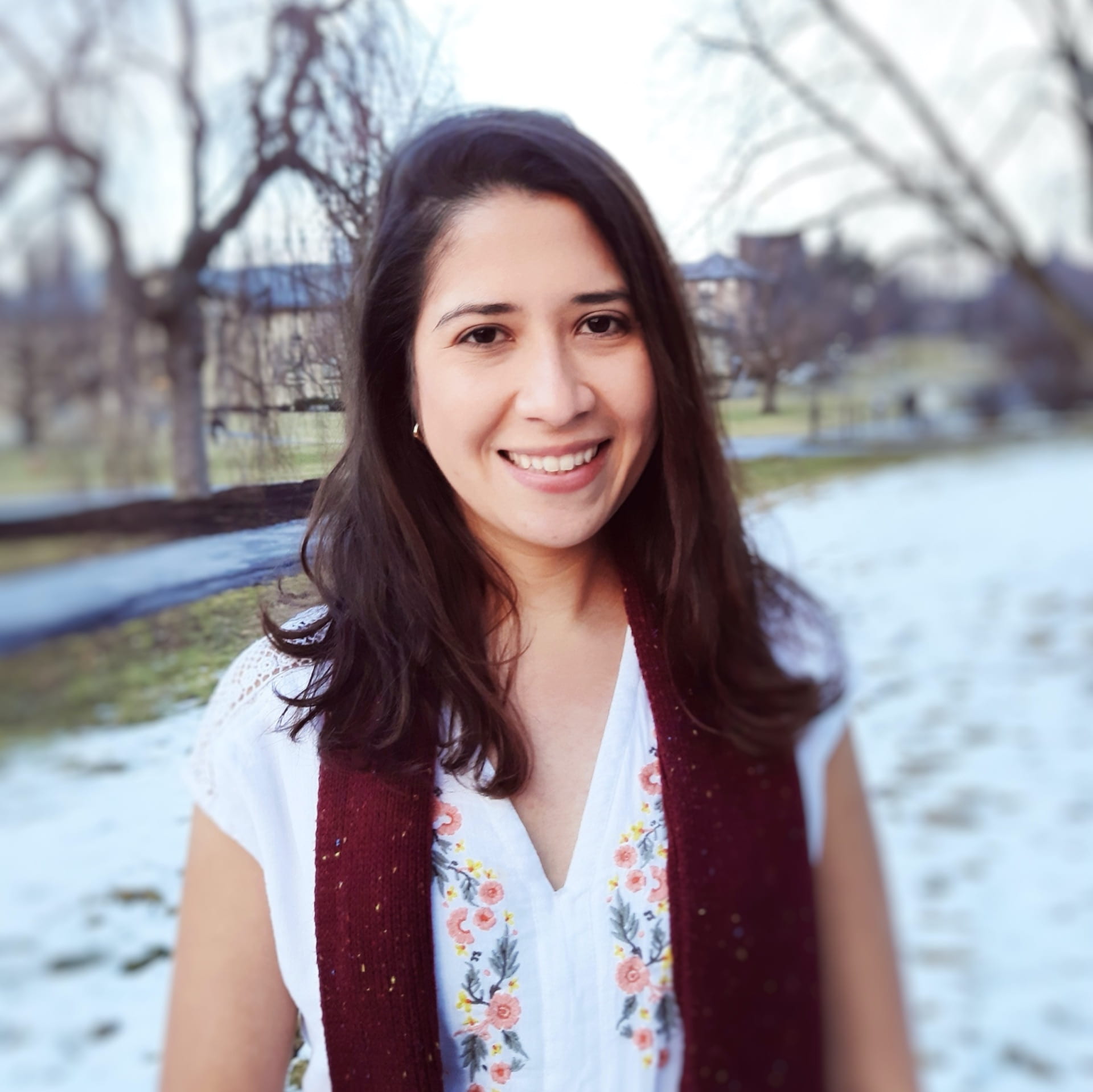About Our Team
Cornell’s deep geothermal heat research team is composed of faculty, staff and graduate students across various disciplines, whose combined backgrounds and expertise support several collaborative projects. Follow the researcher’s personal websites to learn more about them.

Jefferson W. Tester
Professor, Chemical and Biomolecular Engineering
University Chief Scientist for Earth Source Heat
Tester is the Croll Professor of Sustainable Energy Systems and Chief Scientist for Earth Source Heat. His research focuses on improving the technical and economic performance of ESH reservoir and drilling systems.

Teresa E. Jordan
Professor Emerita, Earth and Atmospheric Sciences
Jordan’s Earth Source Heat research centers on documentation of geological materials and conditions below and around the Cornell campus. She led a Play Fairway Analysis of the spatial variability of conditions favorable to direct use geothermal plays in the Appalachian Basin portions of New York, Pennsylvania and West Virginia.

Steve Beyers
University Facilities (retired)
Beyers’s evaluates design options for the distribution of geothermal heat to Cornell’s district heating system, within a DOE-supported research program. Currently this includes examination of the potential to enhance management of a geothermal heat reservoir by injecting waste heat into the reservoir during the warm season. Previously, he served within University Facilities to bring sustainability to practical use at Cornell. He served as project manager for the original Climate Action Plan and provided technical support for Cornell’s NYC Tech campus geothermal and solar projects, and the Combined Heat and Power project.

J. Olaf Gustafson
Chemical & Biomolecular Engineering Staff
Dr. Gustafson is currently a research staff member of the Department of Chemical & Biomolecular Engineering, following earlier service as a geologist in the Civil & Environmental group within Facilities Engineering. He has been deeply involved with planning and execution of the NYC Tech campus geothermal heating and cooling system and the proposed Earth Source Heat deep geothermal project. His work promotes collaboration between the academic research and facilities operations portions of the University.

Patrick Fulton
Assistant Professor, Earth & Atmospheric Sciences
Croll Sesquicentennial Fellow
Fulton’s work combines hydrogeology, thermal geophysics, and geomechanics to study hydrologic and thermal processes within faults and fracture zones. His research involves observation, quantitative analysis, and numerical modeling, and he has considerable experience with scientific drilling projects and borehole observatories both on land and offshore.

Roberto Clairmont
Doctoral student, Earth & Atmospheric Sciences
Clairmont is using his geophysics background and experience in subsurface interpretation and characterization to explore the potential geothermal reservoir beneath the Cornell Campus. Presently, his focus involves analysis of petrophysical characteristics revealed by wireline logs and establishing their relationships to hydrological properties of the rocks which are established by hydrologic testing.

Adam Hawkins
Postdoctoral Fellow, Smith School of Chemical and Biomolecular Engineering
Hawkins’ research addresses problems related to predicting heat and reactive mass transport in porous media. He uses a combination of field tests, laboratory experiments, and computational models to understand how Earth’s subsurface can be utilized as a sustainable energy resource.

Ivan Purwamaska
Doctoral student, Earth & Atmospheric Sciences
Purwamaska’s work focuses on the characterization of hydrogeological and thermal behaviour in a porous media. His work involves quantitative analysis and numerical modeling largely based on temperature responses.

Koenraad Beckers
National Renewable Energy Lab, Golden, Colorado
Chemical and Biomoloecular Engineering, Ph.D. ’16
Beckers focuses on renewable energy, including geothermal, solar and wind, energy efficiency and energy storage. A tool he developed for techno-economic analysis of electricity and heat production from geothermal reservoirs, GEOPHIRES (GEOthermal energy for the Production of Heat and electricity (“IR”) Economically Simulated), was adopted by DOE for broad use. He is involved in CUBO to perform analyses of region-wide socio-economic models of deep direct use heating projects.

Daniela Pinilla
Master Student, Field of Geological Sciences
Pinilla’s research focuses on characterizing local stresses and their relationship with fracture orientations by integrating petrophysics tools and hydraulic testing. Her works aim to better understand permeable outflow zones in the geothermal reservoir for CUBO and contribute to assessing the risk of induce seismicity.

Matthew Pritchard
Professor, Earth and Atmospheric Sciences
Pritchard is a geophysicist who measures changes in the shape of the Earth using the satellite-based InSAR technique (among others) and develops models of the myriad natural and human processes that cause these changes including: earthquakes, volcanoes, groundwater, energy production, landslides, and glaciers.

Zachary Katz
Undergraduate student
Katz uses data from Cornell’s CorNET21 seismic network to understand the background seismicity of Ithaca. His research focuses on determining the network’s capabilities and explaining what types of seismic activity are present. He hopes to use CorNET21 to monitor ESH geothermal drilling and operations.

Geoffrey Abers
Professor and Chair, Earth & Atmospheric Sciences
Geoff Abers is a geophysicist who uses the tools of earthquake seismology to understand the forces, material cycles, and deep structure of the Earth. He oversees the Ithaca-area seismograph network which monitors earthquakes, and works with the independent contractor on quality control.

Sean Fulcher
Doctoral student, Earth & Atmospheric Sciences
Fulcher (PG & CHG) brings a decade of industry and research experience in minerals exploration and groundwater management to multiple Cornell geothermal energy investigations. His research centers on charaterizing fracture networks and water-rock interactions within target Cambrian-Ordovician strata using optical and hyperspectral techniques.
Don't Be Shy. Get In Touch.
If you are interested in working together, send us an inquiry and we will get back to you as soon as we can!

